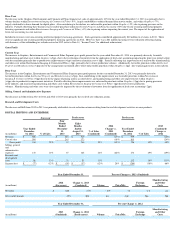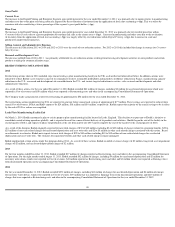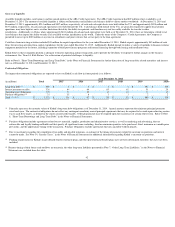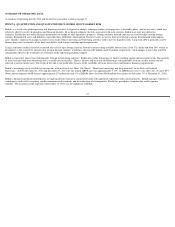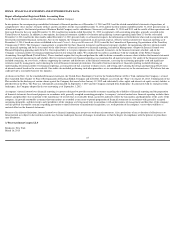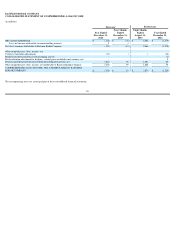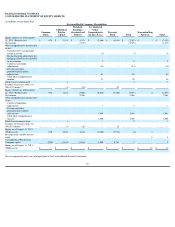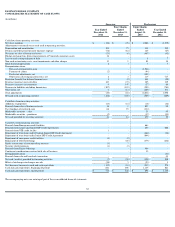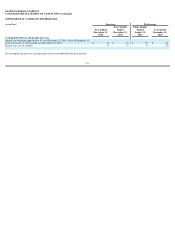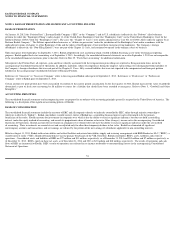Kodak 2014 Annual Report Download - page 47
Download and view the complete annual report
Please find page 47 of the 2014 Kodak annual report below. You can navigate through the pages in the report by either clicking on the pages listed below, or by using the keyword search tool below to find specific information within the annual report.
SUMMARY OF OPERATING DATA
A summary of operating data for 2014 and for the four years prior is shown on page 23.
ITEM 7A. QUANTITATIVE AND QUALITATIVE DISCLOSURES ABOUT MARKET RISK
Kodak, as a result of its global operating and financing activities, is exposed to changes in foreign currency exchange rates, commodity prices, and interest rates, which may
adversely affect its results of operations and financial position. In seeking to minimize the risks associated with such activities, Kodak may enter into derivative
contracts. Kodak does not utilize financial instruments for trading or other speculative purposes. Foreign currency forward contracts are used to hedge existing foreign
currency denominated assets and liabilities, especially those of Kodak’s International Treasury Center, as well as forecasted foreign currency denominated intercompany
sales. Kodak’s exposure to changes in interest rates results from its investing and borrowing activities used to meet its liquidity needs. Long-term debt is generally used to
finance long-term investments, while short-term debt is used to meet working capital requirements.
Using a sensitivity analysis based on estimated fair value of open foreign currency forward contracts using available forward rates, if the U.S. dollar had been 10% weaker at
December 31, 2014 and 2013, the fair value of open forward contracts would have decreased $2 million and $13 million, respectively. Such changes in fair value would be
substantially offset by the revaluation or settlement of the underlying positions hedged.
Kodak is exposed to interest rate risk primarily through its borrowing activities. Kodak may utilize borrowings to fund its working capital and investment needs. The majority
of short-term and long-term borrowings are in variable-rate instruments. There is inherent roll-over risk for borrowings and marketable securities as they mature and are
renewed at current market rates. The extent of this risk is not predictable because of the variability of future interest rates and business financing requirements.
Kodak’s borrowings are in variable-rate instruments with an interest rate floor. See Note 8, “Short-term borrowings and long-term debt” in the Notes to Financial
Statements. At both December 31, 2014 and December 31, 2013, the one-month LIBOR rate was approximately 0.17%. If LIBOR rates were to rise above the 1% and 1.25%
floors, interest expense would increase approximately $7 million for each 1% of LIBOR above the floor ($688 million face amount of debt times 1% at December 31, 2014).
Kodak’s financial instrument counterparties are high-quality investment or commercial banks with significant experience with such instruments. Kodak manages exposure to
counterparty credit risk by requiring specific minimum credit standards and diversification of counterparties. Kodak has procedures to monitor the credit exposure
amounts. The maximum credit exposure at December 31, 2014 was not significant to Kodak.
44





